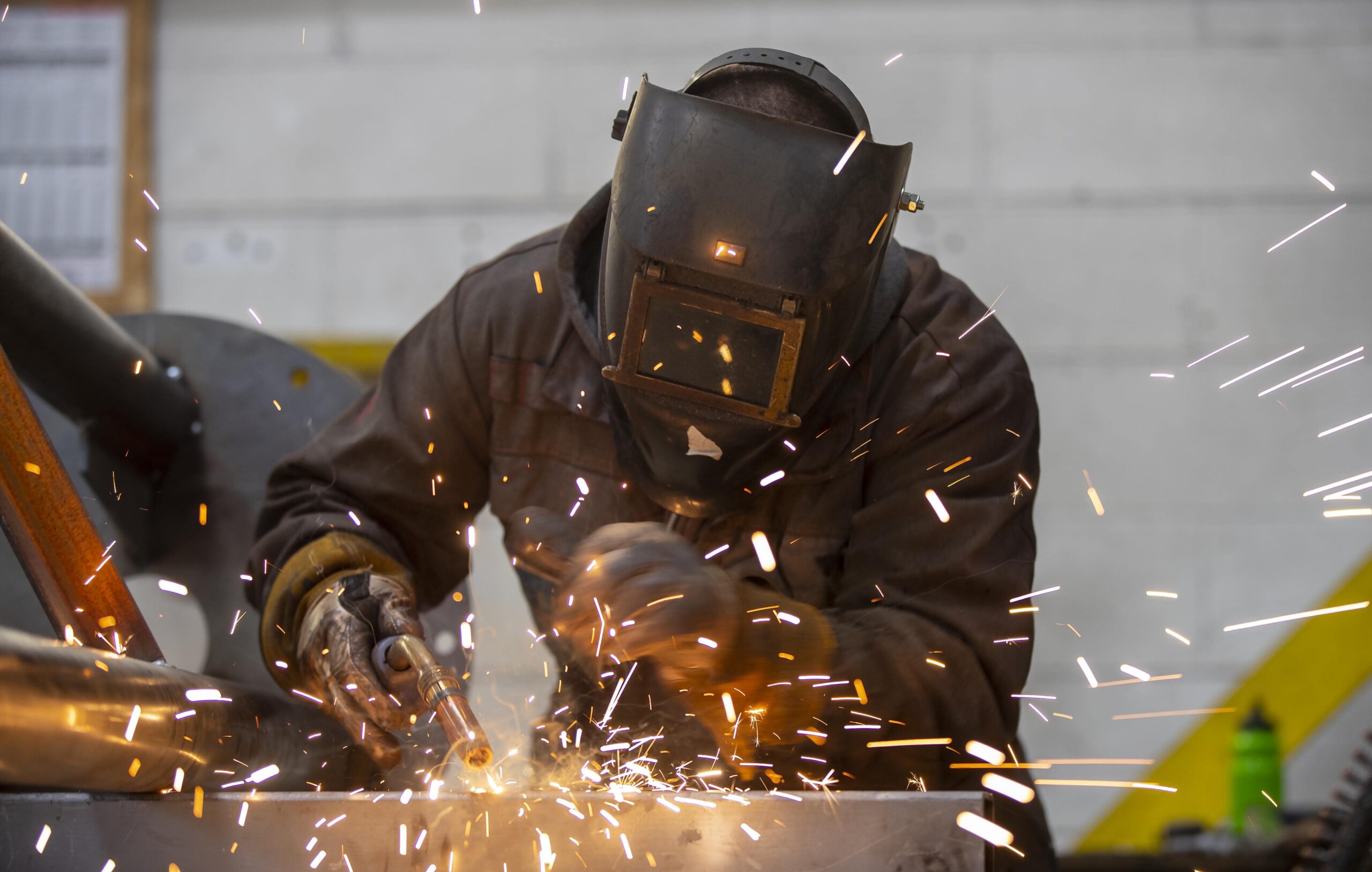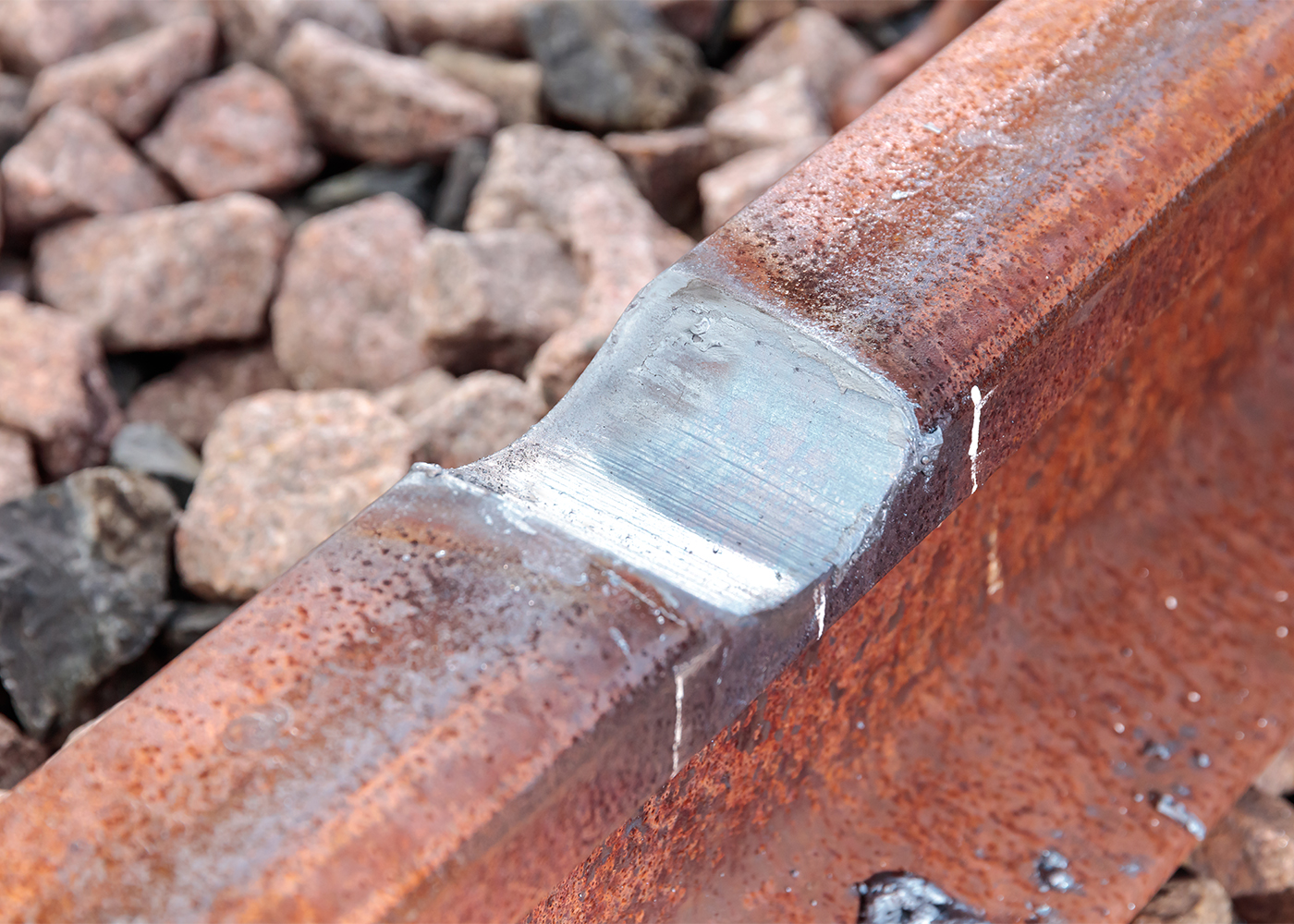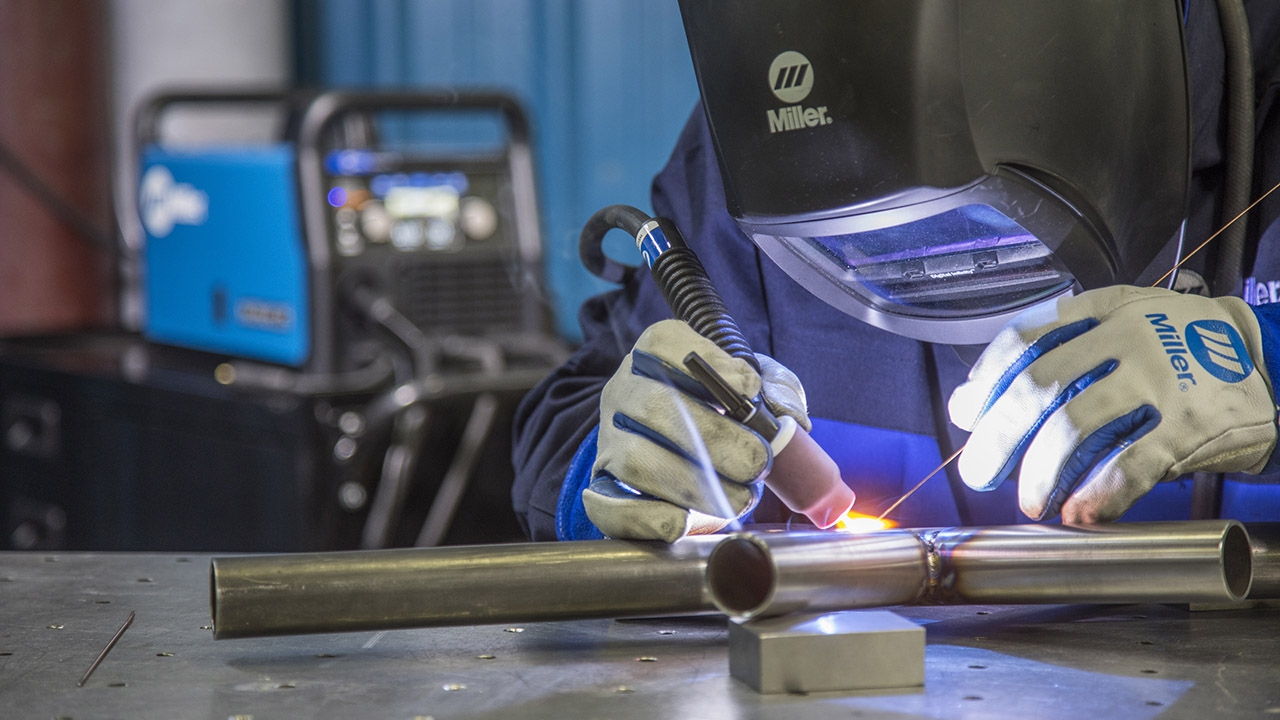Fast fixes to weld misalignment in Montana Mobile Welding and Repair Fabrication
Wiki Article
Typical Welding Repair Service Issues and Just How to Address Them Successfully
Welding repair work commonly run into a series of problems that can jeopardize the stability of the final product. Usual troubles include inadequate infiltration, porosity, and imbalance, among others. Each flaw provides special challenges that call for specific approaches for resolution. Recognizing these problems is important for welders intending to boost their abilities and end results. This conversation will discover these usual welding repair service issues and reliable methods to resolve them.Poor Penetration
Inadequate penetration occurs when the weld steel stops working to totally fuse with the base product, leading to weak joints and prospective architectural failures. This concern frequently stems from inadequate warm input, inaccurate electrode angle, or improper welding rate. Welders may encounter insufficient infiltration because of a miscalculation of the needed specifications for a specific material density or kind. Furthermore, contamination on the base product's surface can prevent effective bonding, exacerbating the problem. To address inadequate penetration, welders must guarantee proper setups on their equipment and preserve a tidy job surface. Routine evaluation of welds is suggested to recognize any deficiencies early, permitting for prompt corrections and the avoidance of endangered architectural honesty in welded assemblies.Porosity
Porosity is an usual problem in welded joints that manifests as tiny gas bubbles caught within the weld metal. This issue can jeopardize the honesty of the weld, bring about decreased strength and possible failure under stress and anxiety. Fabrication. Porosity generally develops from contamination, wetness, or improper welding methods, which enable gases to get away into the molten weld pool. To address porosity, welders should guarantee proper surface area preparation, maintain a tidy workplace, and use appropriate welding specifications. In addition, picking the ideal filler product and securing gas can alleviate gas entrapment. Routine assessment and testing of welds can aid identify porosity early, assuring timely rehabilitative activities are taken, thereby protecting the top quality and dependability of the bonded structureImbalance
Misalignment in welding can occur from various elements, including improper arrangement and thermal growth. Comprehending the origin is important for reliable resolution. A number of modification methods are offered to realign components and guarantee architectural integrity.Reasons for Imbalance
Welding misalignment usually comes from a selection of underlying problems that can jeopardize architectural integrity. One key reason is incorrect fit-up of components before welding, which can cause voids and irregular surfaces. Variants in thermal growth during the welding process can additionally cause distortion, specifically if the products being joined have different coefficients of development. In addition, inadequate securing and fixturing might fail to hold components securely in location, leading to movement throughout welding. Badly kept devices, including welding equipments and devices, may present variances in the weld grain, additional contributing to misalignment. Operator mistake, stemming from inadequate training or experience, can additionally play a considerable duty in producing misaligned welds.
Improvement Methods Available
Addressing misalignment effectively requires a combination of corrective strategies customized to the specific issues available. One typical method is the usage of fixtures or jigs to hold components in the correct placement throughout welding, making certain constant alignment. Additionally, pre-heating the materials can help lower distortion and improve fit-up. For significant imbalance, mechanical adjustment methods, such as utilizing hydraulic jacks or clamps, can be used to remedy the position before welding. Post-weld warm therapy might additionally be required to alleviate stresses triggered by misalignment. Lastly, mindful assessment and adjustment throughout the setup phase can protect against misalignment issues from coming to be significant troubles, promoting a smoother welding procedure and improving total structural integrity.Distortion
Distortion is a common challenge in welding that can emerge from different variables, including irregular home heating and air conditioning. Understanding the sources of distortion is necessary for implementing effective prevention techniques. Addressing this problem not just boosts architectural honesty but also enhances the general high quality of the weld.Reasons of Distortion
When based on the intense warm of welding, products often undertake changes that can lead to distortion. This phenomenon mainly emerges from thermal development and tightening during the welding procedure. As the weld area warms up, the product expands; upon cooling, it acquires, which can create internal anxieties. Additionally, irregular home heating across a work surface can intensify these anxieties, causing bending or flexing. The kind of product likewise plays a considerable role; steels with differing thermal conductivity and coefficients of growth may respond in different ways, bring about uncertain distortions. Additionally, bad joint design and inadequate fixturing can add to imbalance during welding, enhancing the probability of distortion. Recognizing these causes is important for reliable welding repair work and avoidance methods.Prevention Techniques
Reliable prevention methods for distortion throughout welding concentrate on regulating warm input and making sure proper joint layout. Preserving a regular heat input aids to minimize thermal growth and contraction, which can lead to distortion. Utilizing methods such as pre-heating the workpiece can also minimize the temperature level gradient, promoting uniform heating. Furthermore, picking suitable joint layouts, such as T-joints or lap joints, can boost stability and minimize stress and anxiety concentrations. Carrying out appropriate fixturing to safeguard the work surfaces in position better help in maintaining positioning throughout the welding process. Staggered welding series can disperse heat much more uniformly, protecting against localized distortion. By applying these methods, welders can significantly lower the possibility of distortion and enhance the total high quality of their welds.Cracking
Breaking is a common issue experienced in welding repairs, frequently resulting from various variables such as inappropriate cooling prices, product selection, or insufficient joint preparation. The occurrence of cracks can significantly compromise the integrity of the weld, leading to potential failings throughout procedure. To address this problem, welders should first evaluate the origin, guaranteeing that materials work and suitably selected for the particular application. Furthermore, controlling the cooling rate throughout the welding process is vital; fast cooling can induce stress and bring about fracturing. Appropriate joint style and prep work likewise add to reducing the threat. Carrying out these approaches can improve weld high quality and resilience, inevitably minimizing the possibility of cracking in ended up weldments.
Incomplete Combination
A significant problem more in welding fixings is incomplete blend, which happens when the weld metal does not appropriately bond with the base product or previous weld passes - Montana Mobile Welding and Repair Fabrication. This flaw can lead to weaknesses in the joint, possibly endangering the honesty of the welded structure. Aspects adding to incomplete fusion include inadequate warmth input, improper welding method, and contamination of the surfaces being joined. To address this problem properly, welders must assure correct pre-weld cleansing and surface preparation, in addition to change their welding criteria to attain adequate penetration and blend. Routine examination throughout the welding process can likewise help determine insufficient combination early, permitting timely rehabilitative steps to boost the total top quality of the weldOverheating
While welding fixings can enhance structural honesty, overheating offers a considerable obstacle that can result in product degradation. Extreme heat during welding can modify the mechanical buildings of metals, resulting in decreased toughness, increased brittleness, and bending. This phenomenon is especially vital in high-stress applications where structural reliability is paramount. Recognizing overheating can involve aesthetic assessments for discoloration or distortion, along with checking temperature throughout the welding process. To mitigate the threats related to overheating, welders need to utilize suitable techniques, such as controlling heat input, changing traveling speed, and making use of ideal filler materials. In addition, applying pre- and post-weld warm treatments can assist restore product buildings and improve the total high quality of the repair, making certain long-term efficiency and safety and security.Regularly Asked Questions
What Are the Typical Signs of a Welding Flaw?

Just How Can I Test My Welds for Quality?
To evaluate welds for top quality, one can use aesthetic evaluations, ultrasonic screening, and radiographic methods. Each method ensures structural honesty, recognizes defects, and validates adherence to defined requirements, eventually boosting the integrity Homepage of the welded joints.What Security Safety Measures Should I Take While Welding?
When welding, one ought to focus on security by using suitable personal safety equipment, ensuring appropriate ventilation, securing combustible materials away, preserving a clean workspace, and being mindful of surroundings to stop mishaps and injuries.Can I Fix a Weld Without Redoing the Entire Joint?
Repairing a weld without redesigning the whole joint is feasible, depending on the damage (Montana Mobile Welding and Repair Belgrade). Methods such as grinding, adding filler material, or using a welding process can properly attend to details flaws while maintaining the surrounding structureWhat Equipment Are Important for Reliable Welding Repair Works?
Crucial tools for reliable welding fixings include a welding maker, cord brush, grinder, protective equipment, clamps, and filler products. Each tool plays an essential role in making learn this here now certain high quality and safety throughout the repair work procedure. Porosity normally occurs from contamination, wetness, or inappropriate welding methods, which allow gases to get away right into the liquified weld pool. Improperly maintained devices, including welding machines and devices, may introduce disparities in the weld grain, additional contributing to misalignment. When subjected to the extreme warm of welding, products typically undertake changes that can lead to distortion. Fracturing is an usual problem run into in welding repairs, often resulting from various elements such as inappropriate cooling prices, material choice, or insufficient joint preparation. A considerable concern in welding fixings is insufficient blend, which takes place when the weld steel does not properly bond with the base material or previous weld passes.Report this wiki page